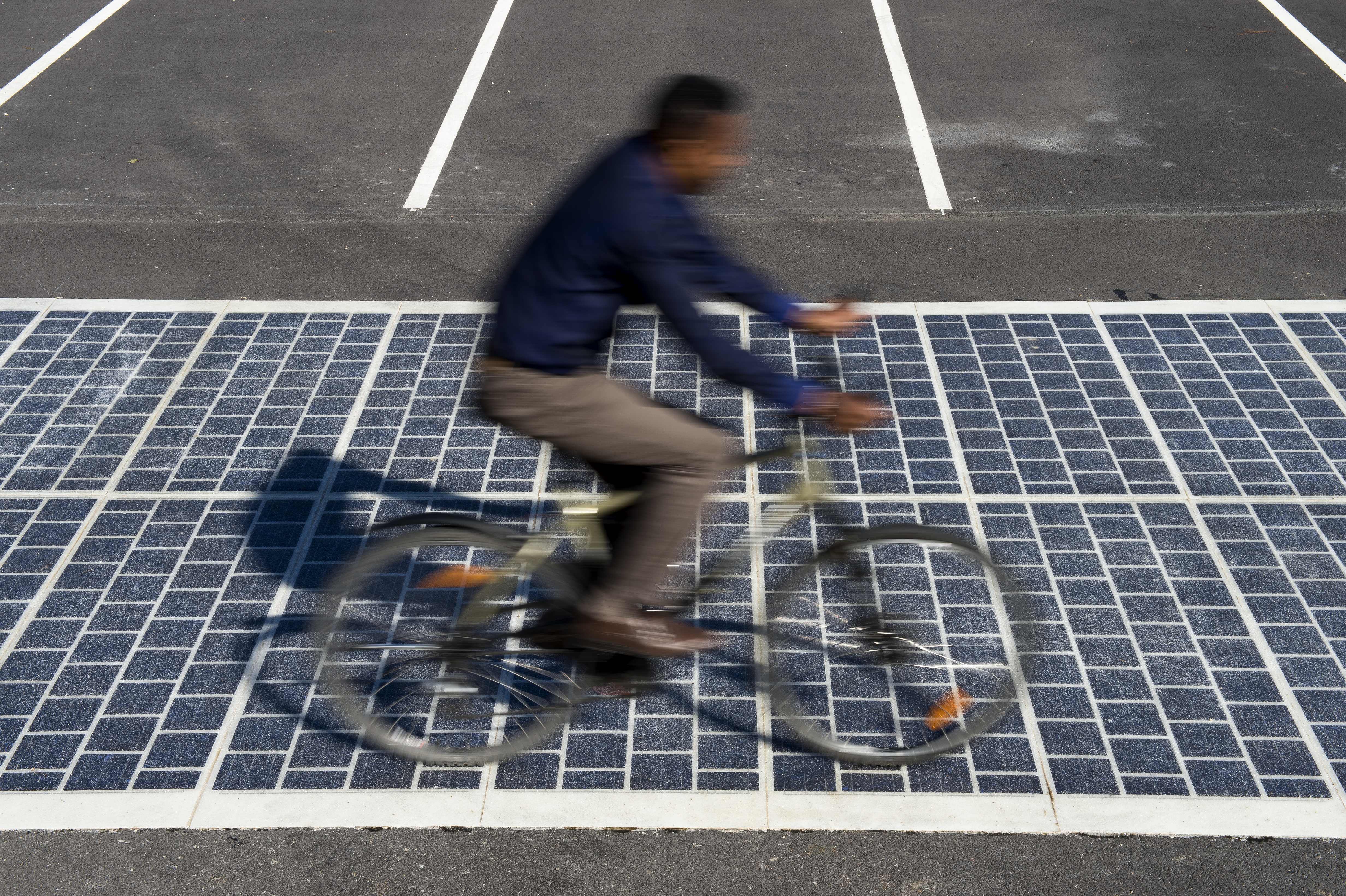Solar Map Helps Decide If Panels Are Worth Installing

What’s the Latest Development?
MIT scientists have created software that can determine the solar energy potential of a geographic area taking into account such things as climate and building obstruction. The software, called Solar System, combines Google satellite images with Light Detection and Ranging (LIDAR) survey data to create a 3D model of a city that details the shape of rooftops and identifies any trees or other barriers to light reception. To demonstrate the system, the scientists mapped all 17,000 rooftops in Cambridge, MA and designed an interface that allows residents to look up their homes and see the potential value in installing a solar panel array.
What’s the Big Idea?
In the past, solar maps of this type made one of two assumptions: “[E]very rooftop is completely flat, or [the] ratio between direct and diffuse solar irradiation is fixed throughout the year.” By accounting for the differences, the team was able to create a map that predicted far more accurate energy yields compared to earlier versions. In the case of Cambridge, the tool showed that if all the areas considered “excellent” or “good” had solar panels installed, together they could deliver up to one-third of the city’s energy needs.
Photo Credit: Shutterstock.com




